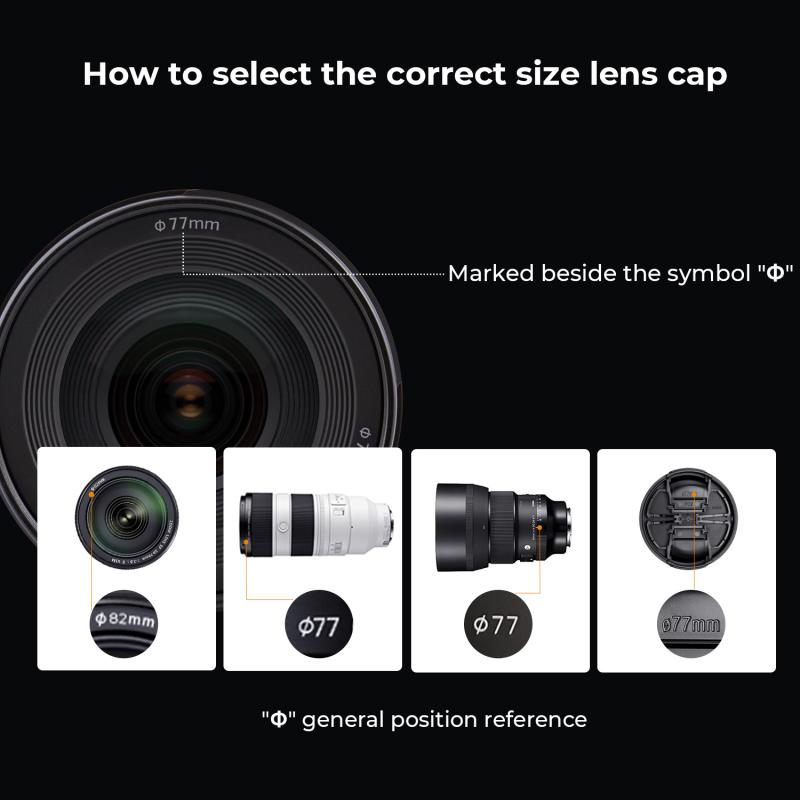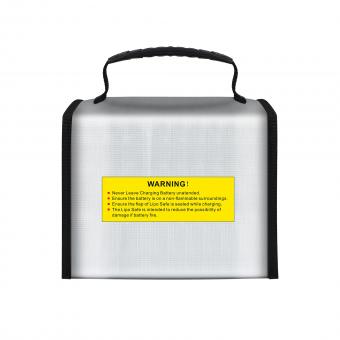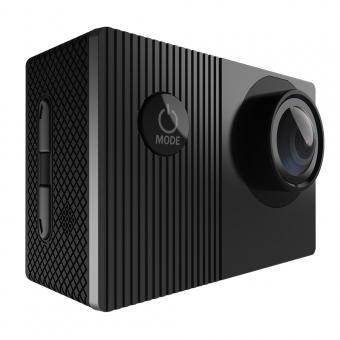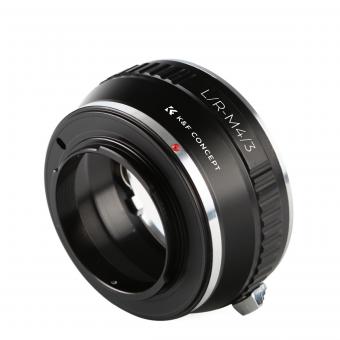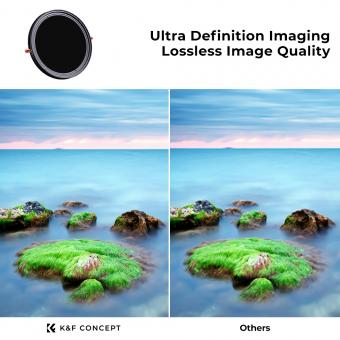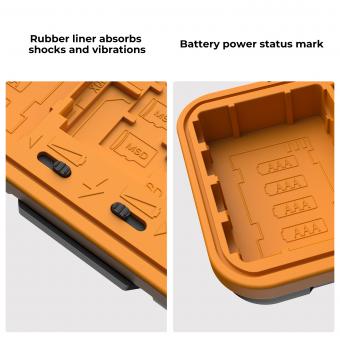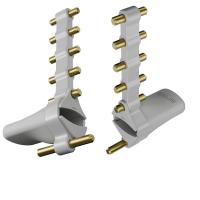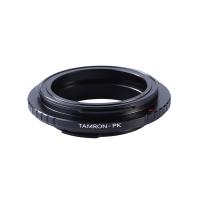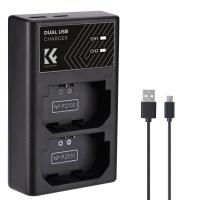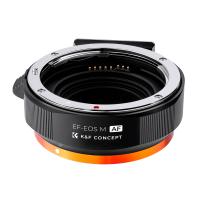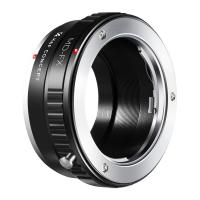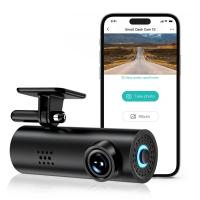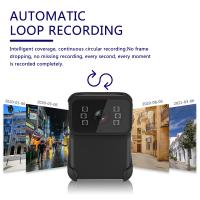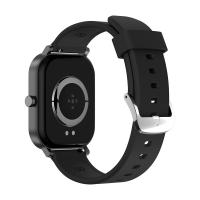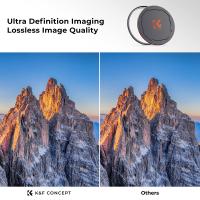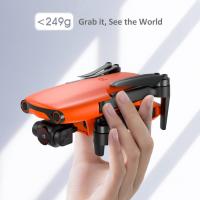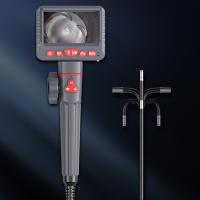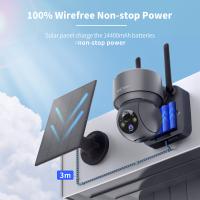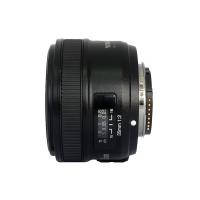How To Install Ring Wired Floodlight Camera ?
To install a Ring Wired Floodlight Camera, follow these steps:
1. Turn off the power: Before starting the installation, turn off the power to the existing floodlight at the breaker box.
2. Remove the existing floodlight: Unscrew and remove the existing floodlight from its mounting bracket.
3. Mount the Ring Floodlight Camera: Attach the mounting bracket of the Ring Floodlight Camera to the electrical box using the provided screws. Ensure that the bracket is securely fastened.
4. Connect the wires: Connect the camera's wires to the corresponding wires in the electrical box. Follow the provided instructions or consult a professional if you are unsure about the wiring.
5. Attach the camera: Attach the camera unit to the mounting bracket and secure it in place using the provided screws.
6. Restore power: Turn the power back on at the breaker box.
7. Set up the camera: Follow the instructions provided by Ring to set up and configure the camera using the Ring app on your smartphone.
Remember to always refer to the specific installation instructions provided by Ring for your model of the Wired Floodlight Camera.
1、 Select an appropriate location for the floodlight camera installation.
To install a Ring Wired Floodlight Camera, it is crucial to select an appropriate location that ensures optimal functionality and security. Here are some steps to help you choose the right spot for installation:
1. Assess the area: Look for areas around your property that require enhanced surveillance and lighting. Consider vulnerable entry points, blind spots, or areas with valuable assets.
2. Power source: Ensure that the chosen location has access to a power source. The Ring Wired Floodlight Camera requires a constant power supply, so proximity to an electrical outlet or junction box is essential.
3. Height and angle: Mount the camera at a height that provides a clear view of the desired area. Aim for a height of 9-10 feet to prevent tampering while capturing a wide field of view. Adjust the angle to cover the intended area effectively.
4. Wi-Fi signal strength: Check the Wi-Fi signal strength in the chosen location. A strong and stable connection is necessary for the camera to function optimally. Consider using a Wi-Fi extender if the signal is weak.
5. Weather resistance: Ensure that the installation location is suitable for the camera's weather resistance capabilities. The Ring Wired Floodlight Camera is designed to withstand various weather conditions, but it is still important to protect it from extreme elements.
6. Lighting conditions: Take into account the existing lighting conditions in the area. The floodlight camera should complement the existing lighting or provide sufficient illumination on its own.
Remember to consult the installation guide provided by Ring for specific instructions and recommendations. Additionally, it is always a good idea to consult with a professional if you are unsure about any aspect of the installation process.

2、 Ensure a stable power source is available for the camera.
To install a Ring Wired Floodlight Camera, you need to follow a few steps. However, before starting the installation process, it is crucial to ensure a stable power source is available for the camera. This is because the Ring Wired Floodlight Camera requires a constant power supply to function properly.
To ensure a stable power source, you can consider the following options:
1. Existing Electrical Wiring: If you have an existing floodlight or electrical box in the desired installation location, you can use it to power the Ring Wired Floodlight Camera. Ensure that the wiring is in good condition and meets the necessary electrical requirements.
2. Professional Installation: If you are not comfortable working with electrical wiring, it is recommended to hire a professional electrician to install the camera. They will ensure that the power source is stable and meets all safety standards.
3. Power over Ethernet (PoE): If you have a PoE switch or injector, you can use it to power the Ring Wired Floodlight Camera. This method eliminates the need for a separate power source and simplifies the installation process.
4. Power Outlet: If there is no existing electrical wiring or PoE option available, you can consider installing a power outlet near the desired location. This will provide a stable power source for the camera.
Remember to always follow the manufacturer's instructions and guidelines when installing the Ring Wired Floodlight Camera. Additionally, it is essential to prioritize safety during the installation process. If you are unsure about any aspect of the installation, consult a professional to ensure a secure and stable power source for your camera.
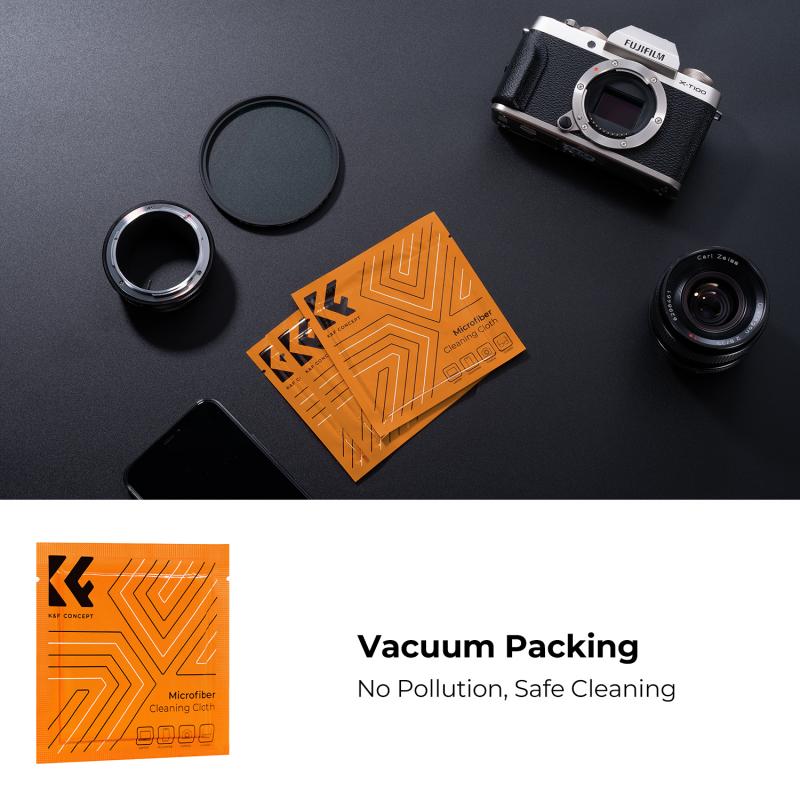
3、 Mount the floodlight camera securely to the desired location.
To install a Ring Wired Floodlight Camera, follow these steps:
1. Choose the location: Select a suitable location for the floodlight camera. It should be near a power source and have a clear view of the area you want to monitor. Ensure that the Wi-Fi signal is strong in that area.
2. Turn off the power: Before starting the installation, turn off the power to the existing light fixture at the breaker box to avoid any electrical accidents.
3. Remove the existing light fixture: Unscrew and remove the old light fixture from the mounting bracket. Disconnect the wires carefully, ensuring they don't fall back into the junction box.
4. Mount the floodlight camera: Attach the mounting bracket to the junction box using the provided screws. Make sure it is securely fastened. Then, connect the wires from the junction box to the corresponding wires on the floodlight camera. Use wire nuts to secure the connections.
5. Adjust the camera angle: Once the floodlight camera is mounted, adjust the camera angle to get the desired view. You can do this by loosening the screws on the camera and adjusting it accordingly. Tighten the screws once you have the desired angle.
6. Connect to power: Turn the power back on at the breaker box. The floodlight camera should now receive power. Follow the instructions provided by Ring to connect the camera to your Wi-Fi network and complete the setup process.
Remember to consult the installation guide provided by Ring for specific instructions and any additional steps that may be required for your particular model.
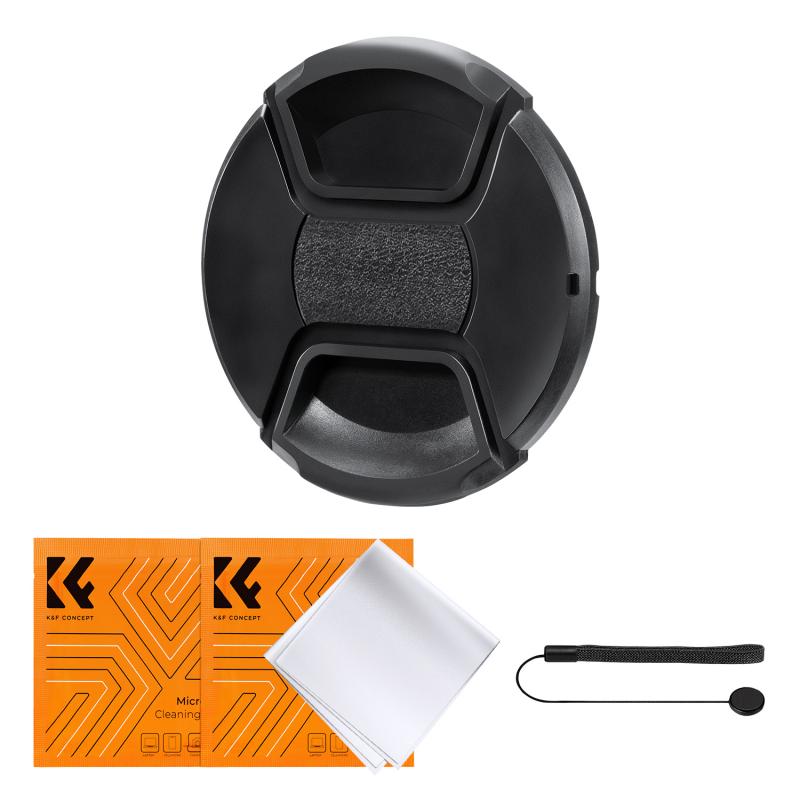
4、 Connect the camera to a Wi-Fi network for remote access.
To install a Ring Wired Floodlight Camera, follow these steps:
1. Choose the installation location: Select a suitable location for the floodlight camera that provides a clear view of the area you want to monitor. Ensure it is within range of a power source and Wi-Fi network.
2. Turn off the power: Before starting the installation, turn off the power to the existing floodlight at the breaker box to ensure safety.
3. Remove the existing floodlight: Disconnect and remove the old floodlight fixture from the mounting bracket. Keep the wires accessible for the new camera installation.
4. Mount the camera: Attach the mounting bracket to the desired location using the provided screws. Ensure it is securely fastened to the wall or eave.
5. Connect the wires: Connect the camera's wires to the existing electrical wires. Follow the provided instructions or consult a professional if you are unsure about the wiring process.
6. Attach the camera: Attach the camera to the mounting bracket and adjust it to the desired angle for optimal coverage.
7. Turn on the power: Once the camera is securely installed, turn the power back on at the breaker box.
8. Connect to Wi-Fi: Download the Ring app on your smartphone and follow the on-screen instructions to connect the camera to your Wi-Fi network. This will enable remote access and allow you to view the camera's feed from anywhere.
9. Customize settings: Use the Ring app to customize settings such as motion detection sensitivity, notifications, and recording preferences.
10. Test the camera: Ensure the camera is functioning properly by testing the live view, motion detection, and other features.
Remember to consult the specific installation guide provided by Ring for detailed instructions and any updates to the installation process.
